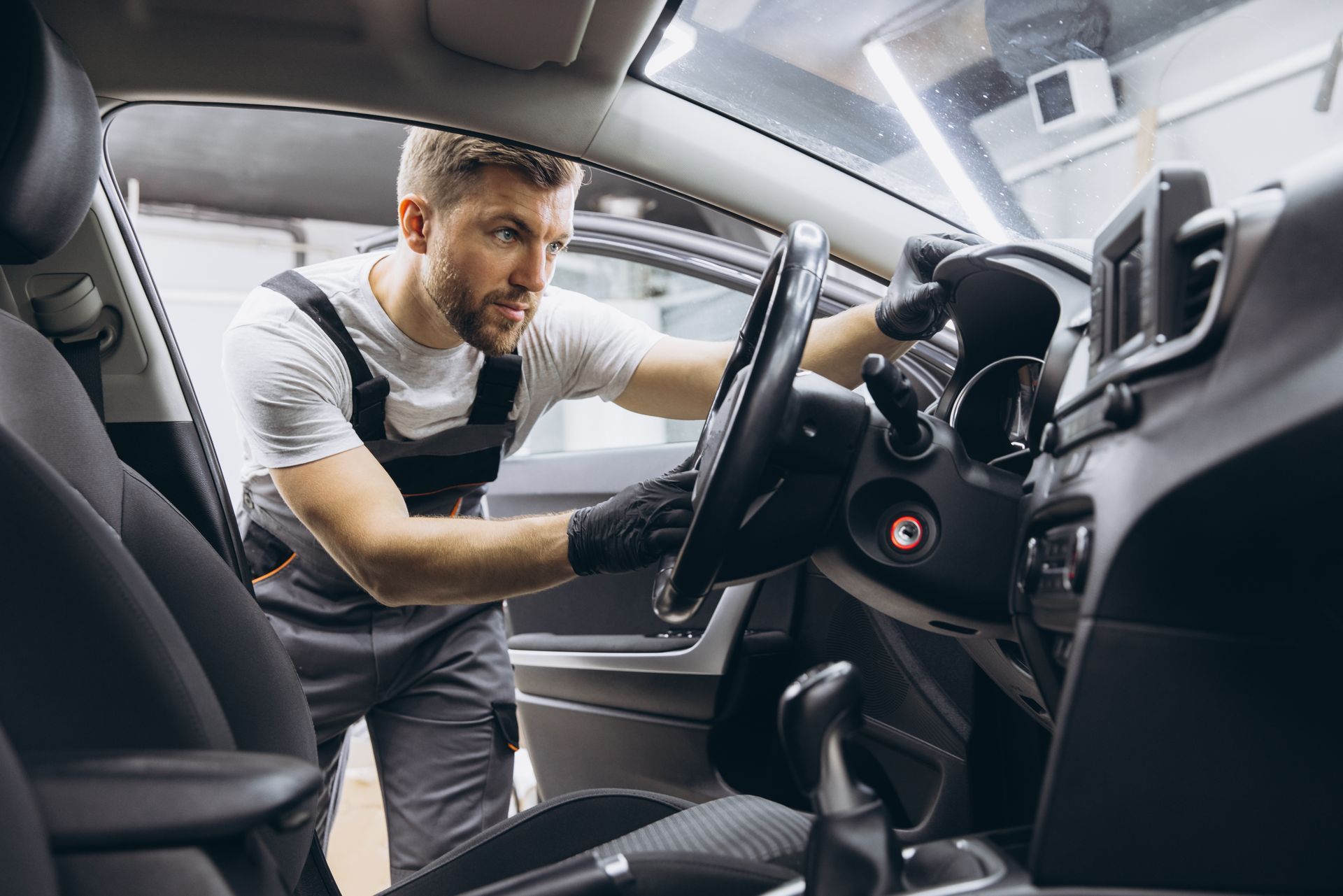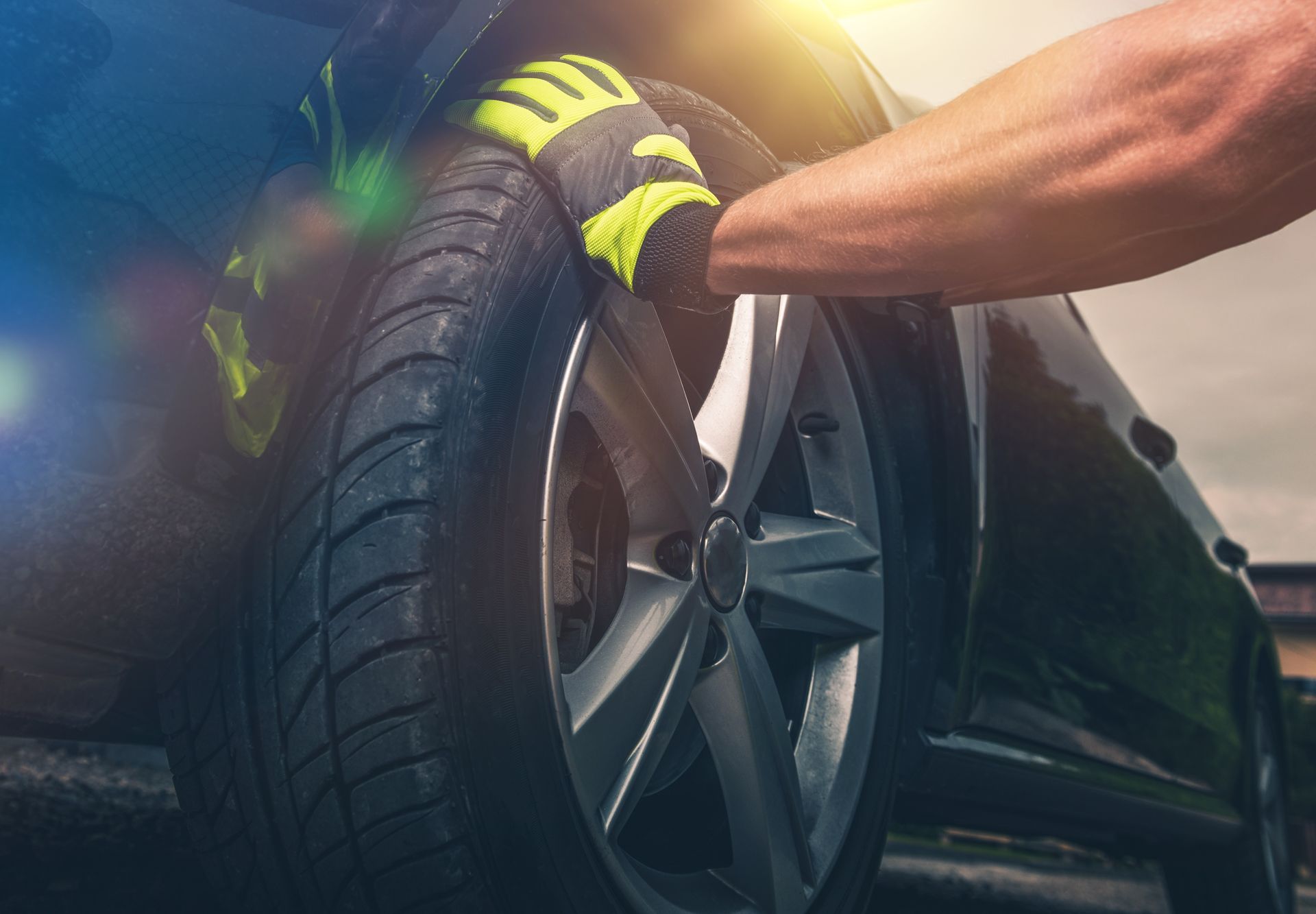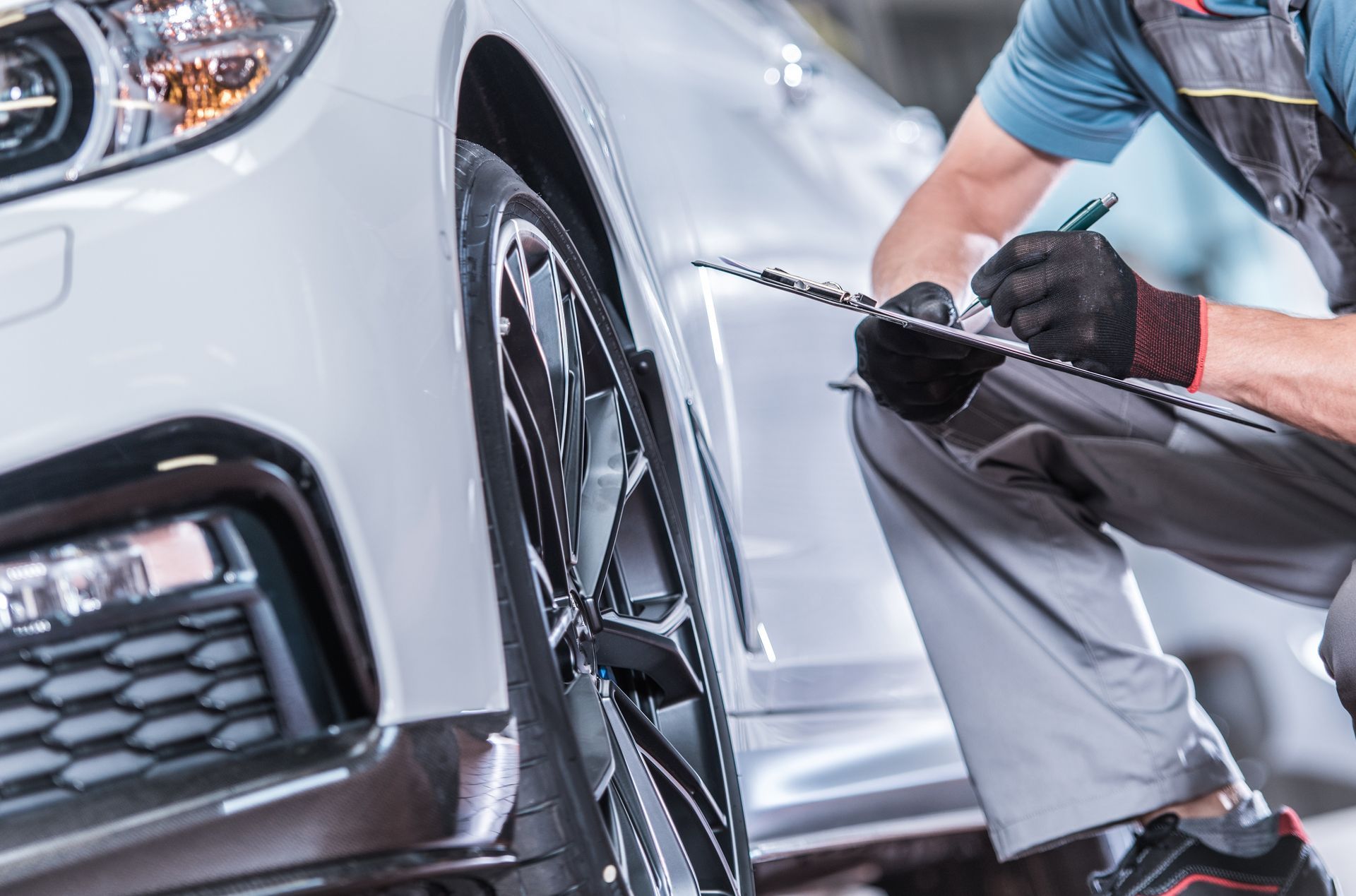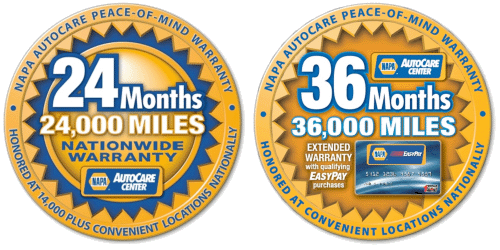How Air Bubbles in Brake Fluid Can Reduce Stopping Power
When it comes to vehicle safety, few components are as critical as the braking system. Whether you're navigating the streets of Newport News, VA, or heading out on the highway, reliable brakes ensure you can stop quickly and safely. However, one often-overlooked issue that can compromise braking performance is air bubbles in brake fluid. At Pro Auto Repair, we’ve seen firsthand how this problem can reduce stopping power, making it essential for drivers to understand its causes, signs, and solutions.
Understanding Brake Fluid’s Role in Your Vehicle
Brake fluid is a hydraulic fluid that transmits the force from your foot on the brake pedal to the brake calipers, which then press the brake pads against the rotors to slow down or stop your car. Because this system relies on fluid compression, any contamination, such as air bubbles, can interfere with proper braking performance.
Unlike liquids, which do not compress under pressure, air is highly compressible. This means that if air bubbles find their way into the brake lines, pressing the brake pedal will first compress the air instead of immediately applying pressure to the braking components. The result? Spongy brakes, delayed stopping, and a potential safety hazard on the road.
How Air Bubbles Enter Your Brake System
Air can enter your brake system in several ways, often due to routine maintenance issues or component wear. Some of the most common causes include:
1. Brake Fluid Change Errors
When brake fluid is replaced or flushed, improper bleeding can introduce air into the system. If air is not fully removed during this process, it can get trapped in the brake lines and compromise braking efficiency.
2. Worn or Damaged Brake Components
Leaks in the brake system, such as worn-out seals, loose fittings, or cracked brake lines, can allow air to seep in. Over time, this can lead to progressively weaker braking performance.
3. Low Brake Fluid Levels
If your brake fluid level drops too low, air can enter the system as it attempts to draw fluid from the master cylinder. Low brake fluid is often a sign of leaks or excessive brake pad wear.
4. Boiling Brake Fluid (Brake Fade)
Under extreme braking conditions, such as driving downhill for an extended period or frequent hard braking, brake fluid can overheat and boil. This creates vapor pockets, which function like air bubbles and reduce braking power.
Signs You Have Air in Your Brake Lines
Knowing the warning signs of air in your brake system can help you address the issue before it leads to brake failure. Be on the lookout for these symptoms:
- Spongy or Soft Brake Pedal: If your brake pedal feels mushy or requires extra effort to engage, air may be present in the lines.
- Delayed Braking Response: A longer stopping distance or slow brake engagement can indicate that air is interfering with hydraulic pressure.
- Brake Pedal Sinking to the Floor: If your brake pedal gradually drops to the floor when pressed, air contamination could be preventing proper pressure buildup.
- Inconsistent Braking Performance: If braking power seems to fluctuate, with the brakes working fine one moment and then feeling weak the next, air bubbles could be to blame.
How to Fix Air in Your Brake Lines
Addressing air in the brake system is crucial for ensuring safe driving. At Pro Auto Repair in Newport News, VA, we recommend the following solutions:
1. Brake Bleeding
Brake bleeding is the process of removing air bubbles from the brake lines. This can be done using different methods, including:
- Manual Bleeding: Requiring two people—one to pump the brake pedal and another to release air from the bleeder valve.
- Gravity Bleeding: Allowing fluid to slowly drain through the system, pushing air out naturally.
- Pressure Bleeding: Using specialized equipment to force brake fluid through the system and remove air more efficiently.
2. Brake Fluid Flush
A complete brake fluid flush removes old, contaminated fluid and replaces it with fresh, clean brake fluid. This not only eliminates air but also prevents moisture buildup, which can lead to corrosion inside the brake lines.
3. Brake System Inspection
If air continues to enter the system after a bleed or flush, a thorough brake system inspection is necessary. Our technicians at Pro Auto Repair check for:
- Leaking brake lines or fittings
- Worn master cylinders or calipers
- Deteriorated brake hoses
4. Use the Right Brake Fluid
Different vehicles require different types of brake fluid, such as DOT 3, DOT 4, or DOT 5.1. Using the wrong fluid can cause compatibility issues and increase the risk of air contamination.
Preventing Air Bubbles in Your Brake System
To keep your braking system in top condition and prevent air from entering the brake lines, follow these best practices:
- Schedule Regular Brake Inspections: Professional inspections at Pro Auto Repair can detect early signs of air leaks and fluid contamination before they become major issues.
- Replace Brake Fluid as Recommended: Most manufacturers recommend changing brake fluid every 2-3 years or 30,000-50,000 miles.
- Avoid Overheating Your Brakes: Practice smooth braking techniques to prevent fluid from boiling and forming air pockets.
- Check for Leaks Periodically: If you notice brake fluid puddles under your car, have your brake system checked immediately.
Trust Pro Auto Repair in Newport News, VA for Brake Services
If you’re experiencing spongy brakes or delayed stopping, don’t wait until it’s too late. Air in the brake system can lead to serious safety concerns, but with professional maintenance, your brakes can perform at their best. At Pro Auto Repair in Newport News, VA, our expert technicians use advanced diagnostics and proven repair techniques to ensure your braking system is in top shape.
Schedule an appointment with us today for a brake inspection, brake fluid flush, or professional brake bleeding service. Your safety is our top priority!









